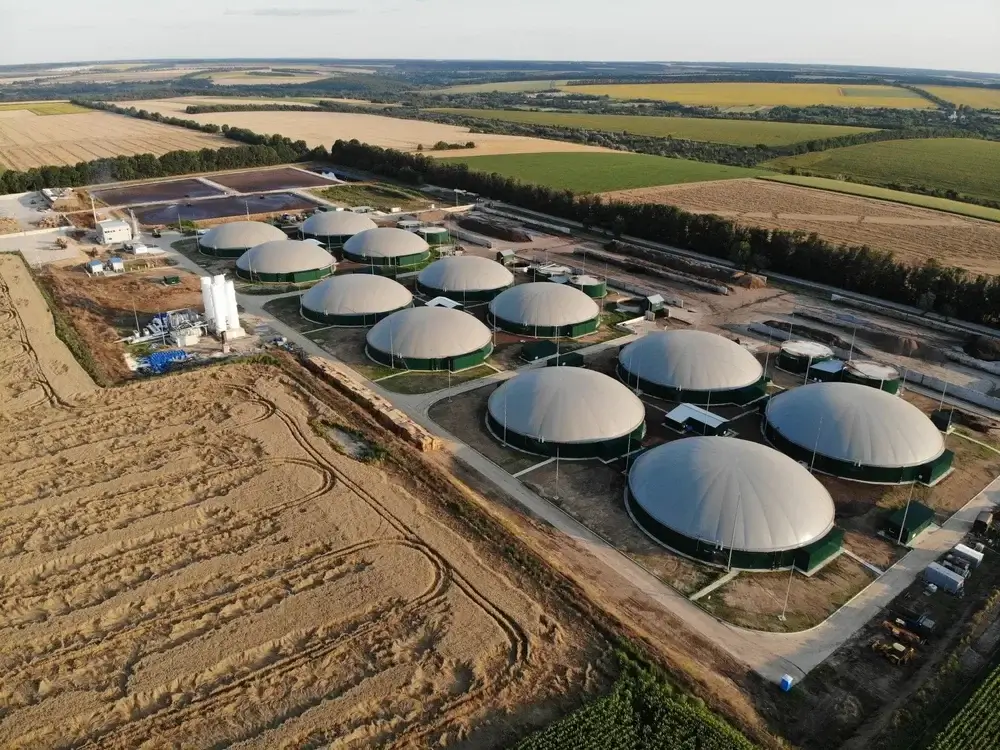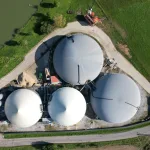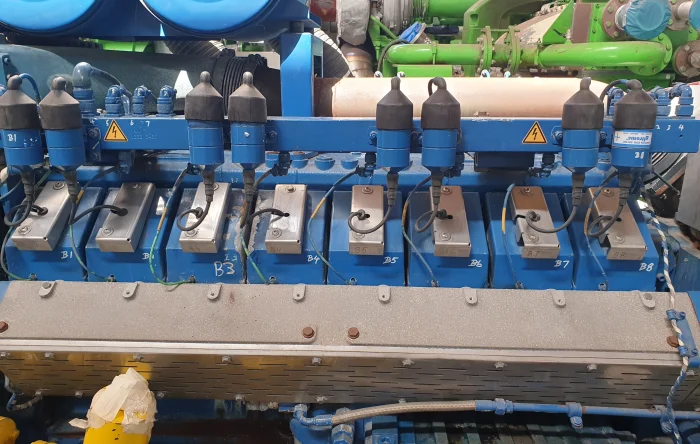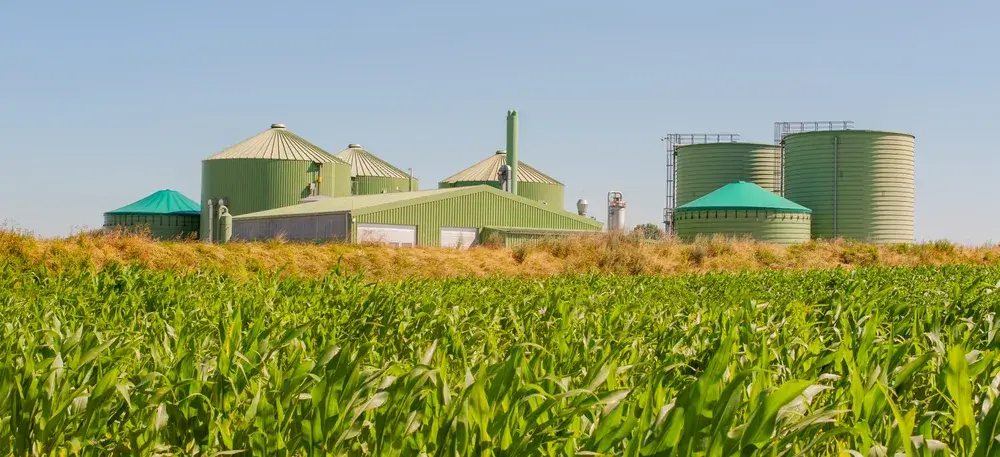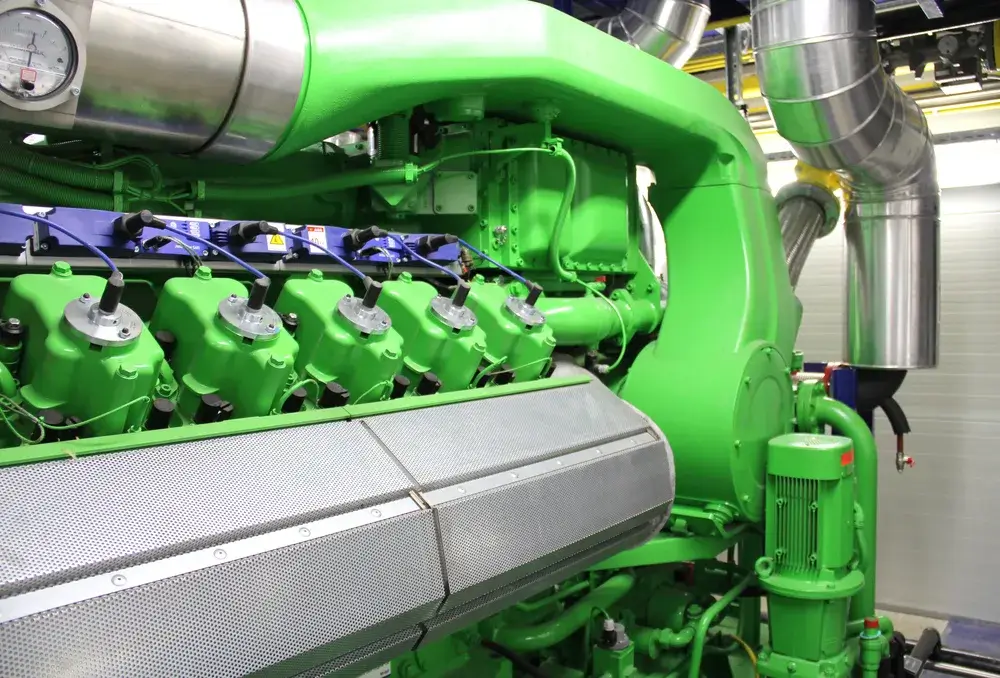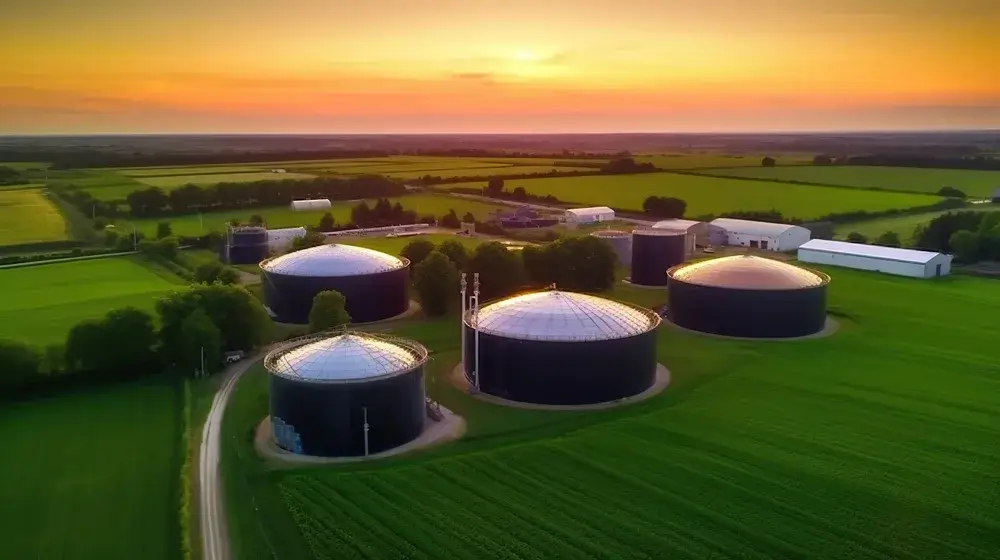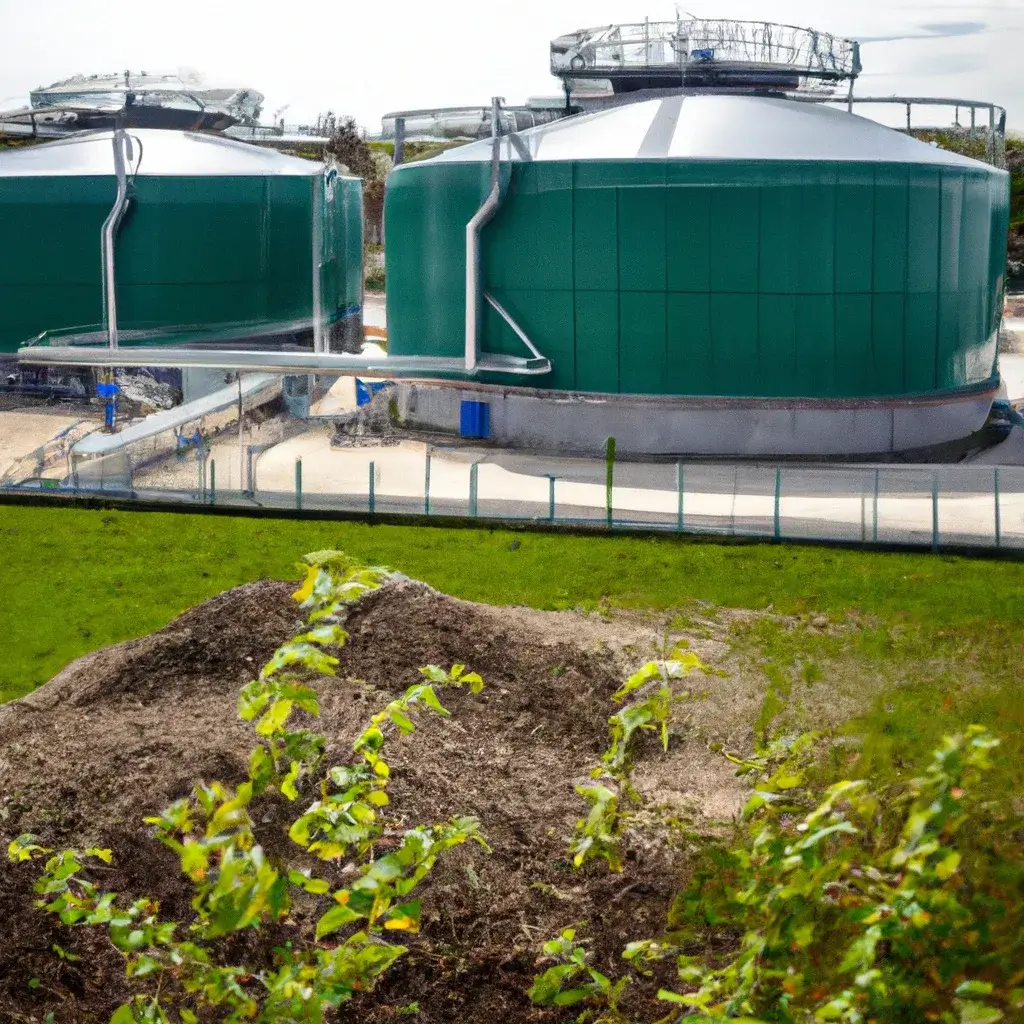By-products of biogas plants and their applications
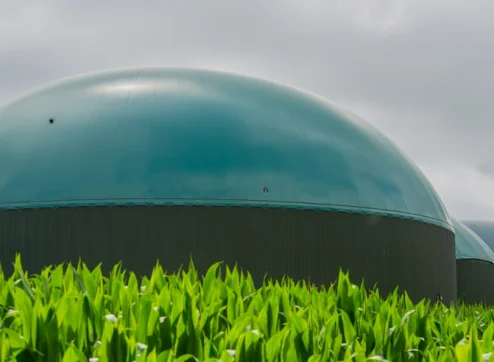
Biogas plants have become a significant and environmentally-friendly source of energy in recent years. Through the fermentation of biomass, such as agricultural waste or manure, biogas is produced, which can be utilized for energy generation. However, this biogas farming process also generates various by-products that can be appropriately disposed of and, in many cases, can also be meaningfully reused. Let’s examine these in more detail.
Biogas Plants – A Comprehensive Guide
In this PowerUP article, you will find comprehensive information about biogas plants – from their history and components to their advantages.
1. Digestate
Fermentation residues constitute the main by-product in biogas plants and are generated after the extraction of biogas from the utilized biomass. Their consistency can vary, ranging from liquid to solid, depending on the operating process and the composition of the substrate.
In their composition, fermentation residues are rich in organic and inorganic substances and retain many of the nutrients that were present in the original substrate, such as nitrogen, phosphorus, and potassium. This makes them a valuable and efficient fertilizer, particularly in organic agriculture
Not only can they be used directly as fertilizers to supply plants with essential nutrients, but they also contribute to improving soil quality. Their organic constituents promote the formation of humus, enhance water retention capacity and soil structure, and contribute to the increase of soil biodiversity.
Fermentation residues can be directly applied to the field or processed further, such as through composting. However, when using fermentation residues as fertilizer, it is important to carefully and appropriately apply them to avoid over-fertilization and the resulting environmental impact.
2. Heat
In biogas plants, heat is generated along with biogas during the gas production process. This heat is produced through exothermic processes during microbial fermentation, particularly during the combustion of biogas in combined heat and power plants (CHP). The amount of heat generated is significant and should be utilized effectively.
In many modern biogas plants, this heat is utilized through a combined heat and power (CHP) process. This means that both electrical energy and heat are produced simultaneously. The generated heat can be utilized in various ways: on one hand, it can contribute directly on-site to regulate the temperature of the fermenters, ensuring optimal conditions for the microbial processes. On the other hand, the heat can also be utilized for external applications, such as heating buildings, agricultural drying processes, or as process heat in industrial applications.
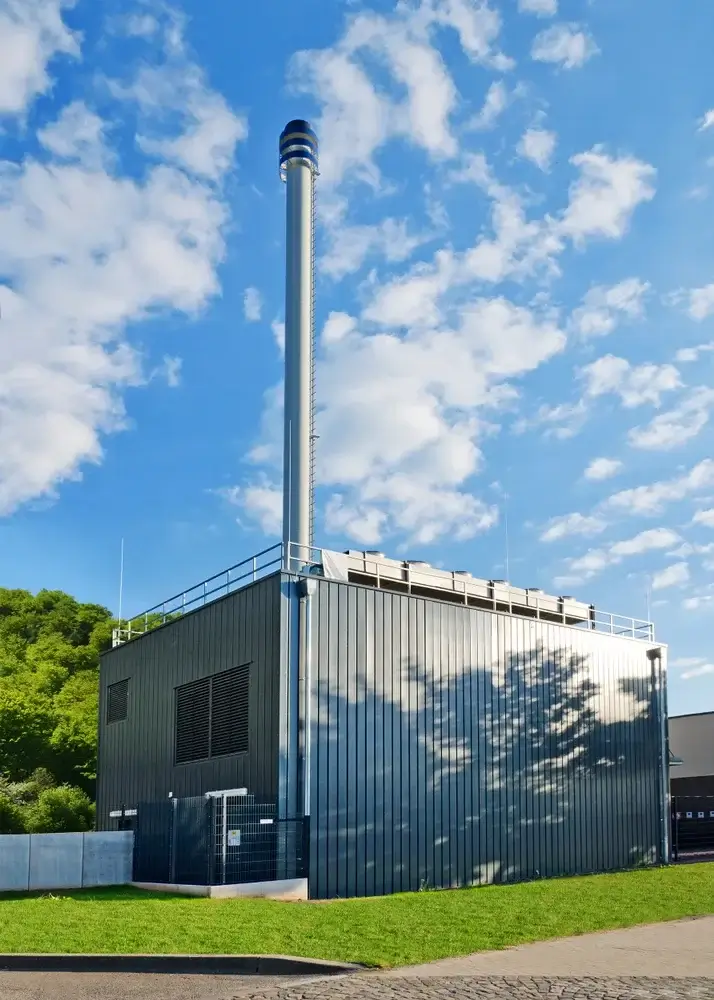
This efficient utilization of heat significantly contributes to the profitability and eco-efficiency of biogas plants by increasing the overall energy efficiency of the plant and further reducing reliance on fossil fuels.
Unlike CO₂, which is released through the combustion of fossil fuels, the CO₂ from biogas plants is considered biogenic and therefore part of a short-term carbon cycle. This means that the plants used for biogas production have previously absorbed CO₂ from the atmosphere. Hence, the use of this CO₂ does not contribute to the greenhouse effect as it does not introduce any additional emissions to the atmosphere.
This CO₂ can be effectively utilized in various industries and applications. For instance, in greenhouses, it can be employed to accelerate plant growth as CO₂ is an essential component for photosynthesis. In the beverage industry, it is used to carbonate soft drinks or beer. Algae cultivation is another promising area where large amounts of CO₂ can be absorbed, enabling rapid growth. Algae can be utilized as a source of food and also for the production of biofuels.
3. Carbon dioxide (CO₂)
During the fermentation process in biogas plants, carbon dioxide (CO₂) is generated as a significant by-product alongside methane (CH₄). While CO₂ is commonly recognized as a greenhouse gas and a major contributor to climate change, it also holds potential for sustainable applications in this context.
Therefore, the deliberate utilization of CO₂ from biogas plants transforms a potential waste product into a valuable resource and supports sustainable industries.
4. Process water
During the fermentation processes in biogas plants, process water is generated alongside fermentation residues, biogas, and heat. This water originates from the original biomass and the biochemical reactions that occur during the fermentation process.
Process water from biogas plants can contain a wide range of dissolved and suspended substances, including nutrients, organic compounds, and microorganisms. The quality and composition of the process water depend heavily on the substrates used and the specific conditions of the fermentation process. Despite this variability, process water from biogas plants presents significant opportunities for reuse and recycling.
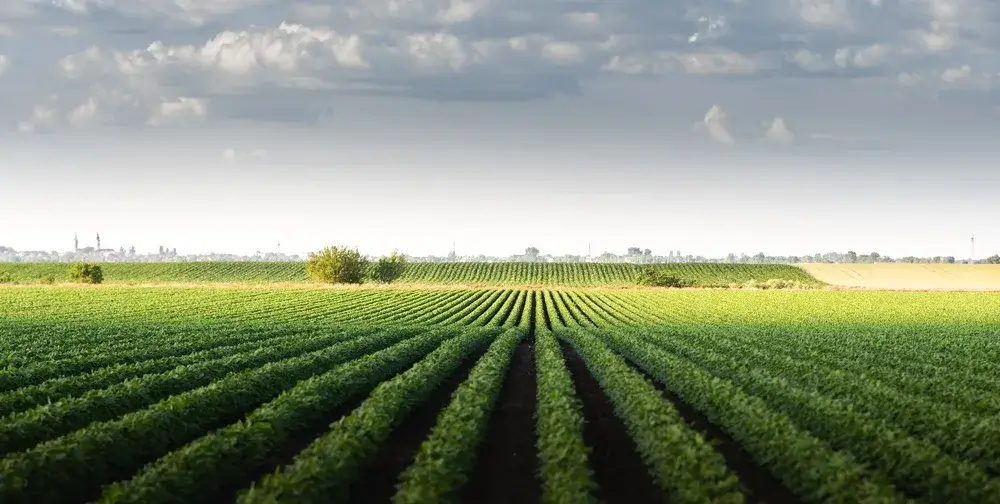
After undergoing appropriate treatment, such as filtration, sedimentation, or biological purification processes, the processed water can be utilized as a source of irrigation in agriculture, particularly in regions with limited water availability. This allows the plants to benefit from the nutrients present in the process water. Additionally, in certain cases, the treated process water can also find applications in industrial processes or serve as non-potable water.
However, it is crucial to regularly monitor the water quality and ensure that no harmful substances or pathogens enter the soil or water bodies. By using process water carefully and thoughtfully, biogas plants can further enhance their ecological balance and contribute to sustainable water usage.
The Main Components pf Biogas Plants
Biogas plants are sophisticated systems designed to convert organic waste into biogas, a renewable energy source. The main components critical to their operation include:
- Feedstock Input System: Where organic waste is introduced.
- Digester: A sealed environment for anaerobic digestion.
- Gas Storage: Area for storing produced biogas.
- Gas Utilization System: Where biogas is transformed into usable energy.
- Digestate Treatment and Use: Handling the by-product for use as a nutrient-rich fertilizer.
These components work together to ensure efficient biogas production and the effective use of by-products.
Operating your biogas plant with products and services from PowerUP
Optimize your biogas plant’s performance with PowerUP’s range of products and services. Our selection of gas engine spare parts suitable for engines like MWM® and INNIO Jenbacher® ensures your system runs at peak efficiency, while our comprehensive services, including gas engine upgrades and repairs, address any operational challenges swiftly and effectively. You can even buy a used gas engine or look into our container solution. Trust in PowerUP to maintain and enhance your biogas plant, leveraging our expertise for seamless operation and improved productivity.

